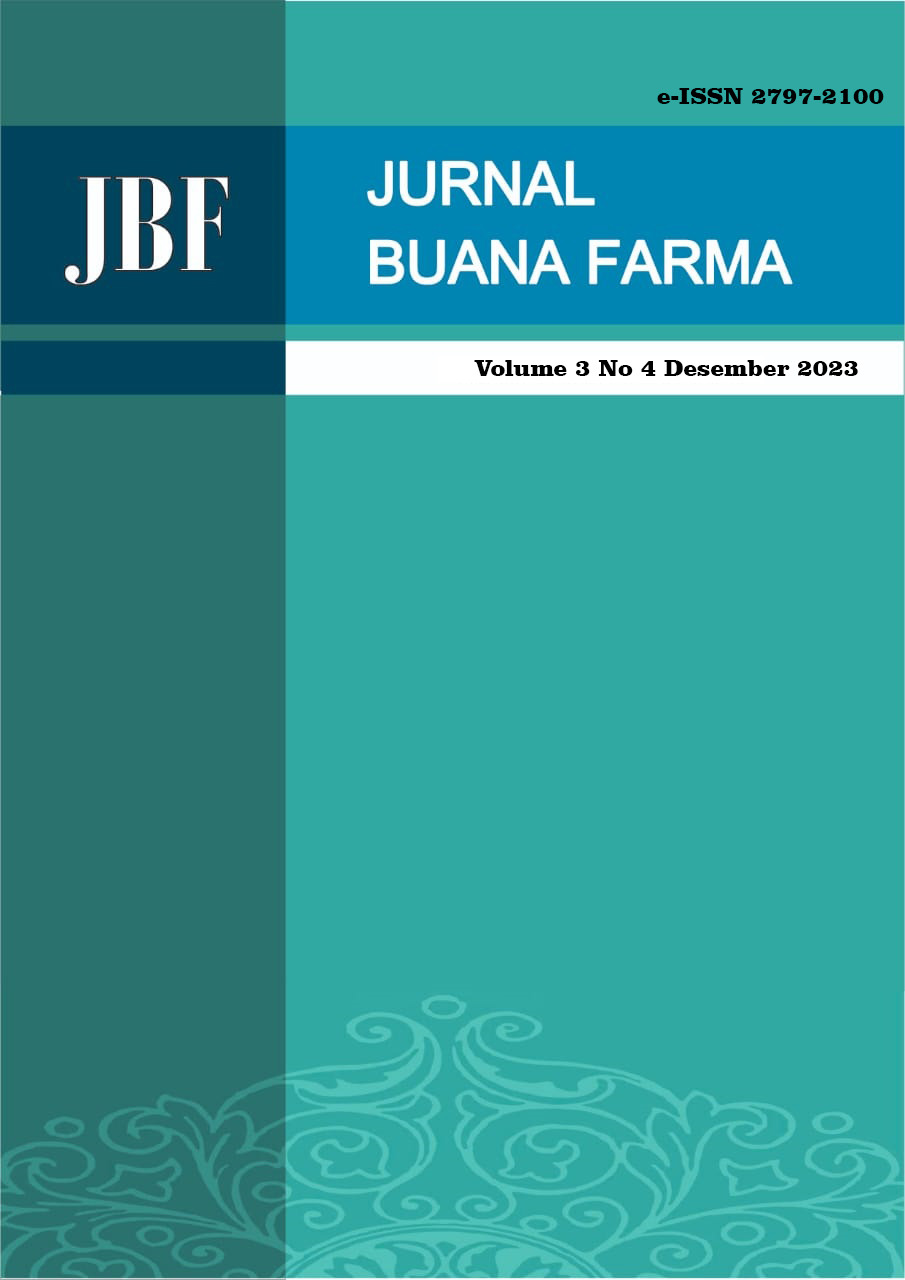ANALISIS TINGKAT ASUPAN KALSIUM DAN VITAMIN D TERHADAP KEJADIAN STUNTING PADA BALITA DI SIJUNJUNG
Abstract
The problem of stunting is one of the nutrition problems that the Indonesian government focuses on. Calcium and vitamin D are nutrients that affect bone mineralization. Good bone mineralization during growth allows optimal linear growth. This study aims to determine the relationship between calcium and vitamin D intake in stunted and non-stunted children aged 12-59 months in Sijunjung Regency. This research method is analytic observational with cross sectional design. The research sample was children aged 12-59 months. Data analysis methods using the SPSS program. Based on the results of the study obtained based on age group, the highest stunting at the age of 24-35 months 57.14% and the lowest in the age group 48-59 months 7.14%. then the age group is not stunted, namely the age of 24- 35 months 45.45% and the lowest in the age group 48-59 months 9.09%. Based on food intake containing high calcium and vitamin D, the category is less, namely 50.00% of stunted children and 13.64% of non-stunted children, for food intake containing low calcium and vitamin D, the category is high in both stunted and non-stunted children. Based on statistical tests, there is an effect of the level of food intake containing calcium and vitamin D on the incidence of stunting (p<0.05). Based on the results of the study, it can be concluded that calcium and vitamin D intake affect the incidence of stunting in toddlers in Sijunjung.
References
Acharya, S. et al. (2023) ‘Stunting among Children Aged 6 to 59 Months Visiting the Outpatient Department of Pediatrics in a Tertiary Care Centre’, 61(264), pp. 654–657. doi: 10.31729/jnma.8249.
Id, M. M., Aryankhesal, A. and Kalantari, N. (2019) ‘Prevention of malnutrition among children under 5 years old in Iran : A policy analysis’, pp. 1–14.
Mayén, V. A., Garcia, A. L. and Wright, C. M. (2022) ‘Childhood stunting and micronutrient status unaffected by RCT of micronutrient fortified drink’, (July 2021), pp. 1–10. doi: 10.1111/mcn.13256.
Muhammad, R. D. et al. (2022) ‘Impact of Stunting `on Development of Children between 1-3 Years of Age’, (1).
Ni’mah, K., & Nadhiroh, S. R. (2015). Faktor Yang Berhubungan Dengan Kejadian Stunting Pada Balita. Media Gizi Indonesia, 13-19.
Onny Azza Ferani, 2019, Faktor -Faktor Risiko Kejadian Stunting Pada Anak Balita Usia 24–59 Bulan Di Wilayah Kerja Puskesmas Siulak Mukai Kerinci Jambi, http://repo.upertis.ac.id/425/1/Skripsi%20PDF.
Ramadani, Nurul , 2018, Hubungan Asupan Kalsium dan Vitamin D dengan Kejadian Stunting pada Anak Balita di Kecamatan Nanggalo Kota Padang, http:// scholar. unand.ac.id/37898/6/Abstrak.pdf
Reid, I. A. N. R. (2018) ‘Calcium and vitamin D : To supplement or not ?’, 85(9), pp. 693–698. doi: 10.3949/ccjm.85a.18026.
Salsa Bening , Ani Margawati , dan Ali Rosidi, 2016, Asupan Gizi Makro dan Mikro Sebagai Faktor Risiko Stunting Anak Usia 2–5 Tahun di Semarang, DOI: 10.36408/mhjcm.v4i1.245
Shruti P Shertukde, Danielle S Cahoon, Belen Prado, Kelly Copeland Cara, and Mei Chung, 2022, Calcium Intake and Metabolism in Infants and Young Children: A Systematic Review of Balance Studies for Supporting the Development of Calcium Requirements, doi: 10.1093/advances/nmac003
Stuijvenberg MEV, Nel J, Schoeman SE, Lombard CJ, Plessis LMD, and Paed MAD,2015, Low intake of calcium and vitamin D, but not zinc, iron or vitamin A, is associated with stunting in 2- to 5-year-old children. Nutrition. 35:841-6.
Setiawan, E., Rizanda, M., & Masrul. 2018. Faktor-Faktor Yang Berhubungan Dengan Kejadian Stunting Pada Anak Usia 24-59 Bulan Di Wilayah Kerja Puskesmas Andalas Kecamatan Padang Timur Kota Padang Tahun 2018. Jurnal Kesehatan Andalas, 275- 284.
Soliman, A. et al. (2021) ‘Early and Long-term Consequences of Nutritional Stunting : From Childhood to Adulthood’, 92(4), pp. 1–12. doi: 10.23750/abm.v92i1.11346.
SSGI (2023) ‘Hasil Survei Status Gizi Indonesia’, Kementerian Kesehatan Republik Indonesia, pp. 77–77. Available at: https://promkes.kemkes.go.id/materi-hasil-survei-status-gizi-indonesia-ssgi-2022.
Wati, R. W. (2021) ‘Hubungan Riwayat Bblr, Asupan Protein, Kalsium, Dan Seng Dengan Kejadian Stunting Pada Balita’, Nutrizione: Nutrition Research And Development Journal, 1(2), pp. 1–12. doi: 10.15294/nutrizione.v1i2.50071.
Yatsula, M. et al. (2022) ‘Deficiency of Daily Calcium and Vitamin D in Primary School Children in Lviv , Ukraine’.













